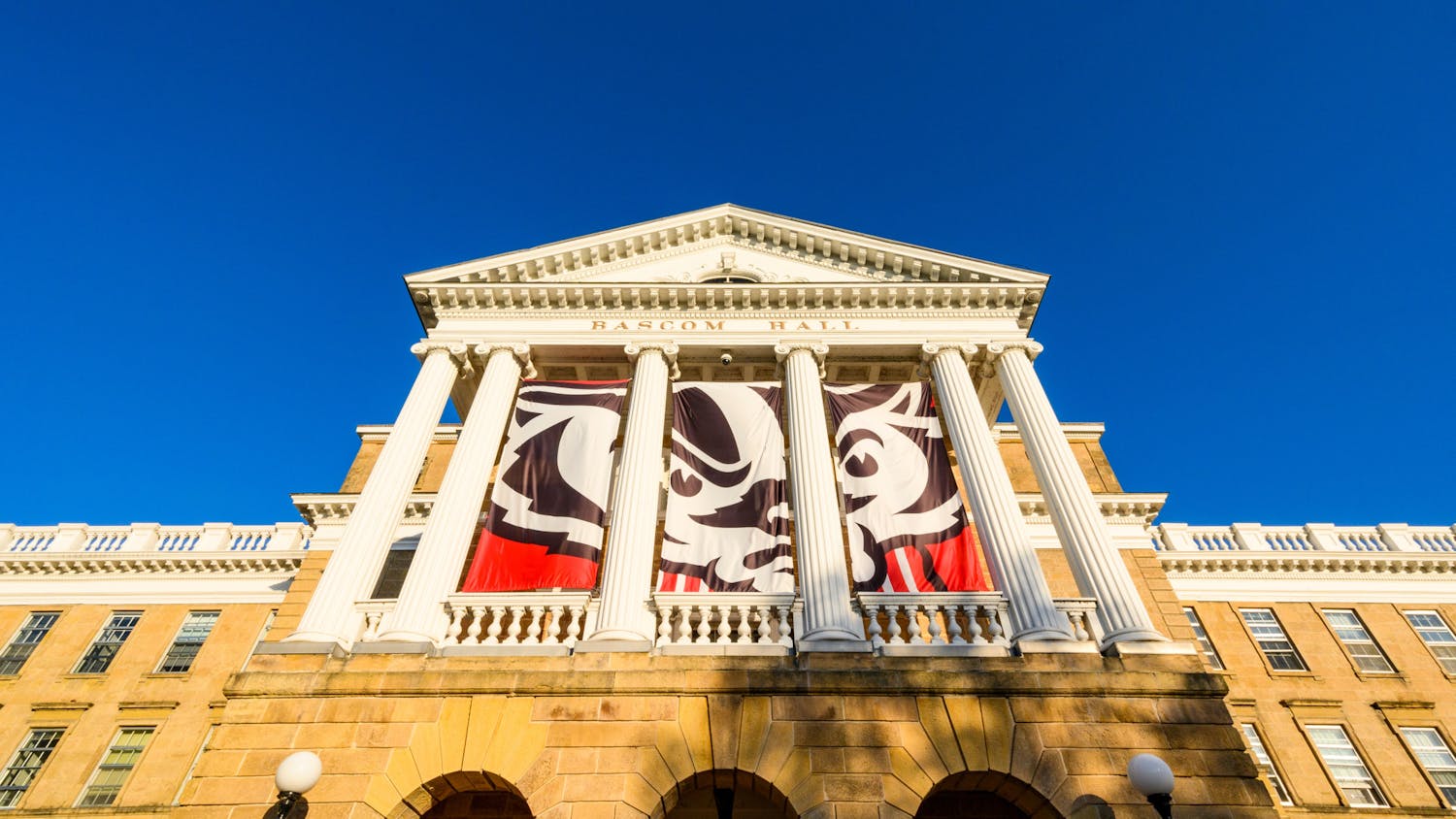Look around. The University of Wisconsin-Madison is not very diverse. As I have written in past columns, African Americans make up just 2.9 percent of UW-Madison’s student body, whereas African Americans make up 6.5 percent of the state’s and 13.1 percent of the country’s demographic profile.
In 2003, the Supreme Court held in its Grutter v. Bollinger decision that while universities cannot maintain quotas for minorities, they can use race as one criterion in a holistic admissions review process. In other words, universities can consider an applicant’s race as one factor for acceptance, just like they can consider where an applicant lives. UW-Madison is one of the countless universities across the nation that do, in fact, use race as one factor in their admissions process.
Why? In an email interview Ken Cutts and Terry Ruzicka of UW-Madison’s Office of Admissions wrote, “Our goal is to recruit, admit and enroll a high quality and diverse freshman class.” To achieve that goal of broad diversity, UW-Madison considers race as a factor. They also seek out prospective “international students, those from rural Wisconsin farm backgrounds, first-generation college students and women interested in STEM (science, technology, engineering and math) majors,” which are all underrepresented groups on campus.
“Learning is about being exposed to new ideas and perspectives,” Cutts and Ruzicka wrote. “Diversity in all aspects, whether it [is] socioeconomic, geographic, rural and urban, ethnic or cultural, different majors or interests, and talents or life experiences, is positive and enriches the learning experience for our students. We live in a global society and it is a priority for us to graduate students who will be successful citizens of this world. We value teaching our students how to become problem solvers and creative thinkers who are prepared to confront the challenges we face in the 21st century.”
The university’s goal, while admirable, is self-serving: The university is seeking a more diverse student body because it fosters learning and better prepares students for an increasingly global economy and job market. The goal of race-conscious admissions has changed markedly since the implementation of affirmative action. The original goal of race-conscious admissions was to provide opportunities to groups that first suffered from de jure, and subsequently, de facto discrimination and inequality.
A decade ago when the Supreme Court ruled in its Grutter v. Bollinger decision, Justice Sandra Day O’Connor wrote for the majority, arguing “we expect that 25 years from now, the use of racial preferences will no longer be necessary to further the interest approved today.” It may have been only a decade since the court’s ruling, not 25 years, but race-conscious admissions practices are now being challenged on constitutional grounds nonetheless.
In a case currently before the Supreme Court, Fisher v. University of Texas, the court could rule that race-conscious admissions practices are unconstitutional. The court’s decision is expected in the coming months. UW-Madison, along with other public universities, filed an amicus or “friend-of-the-court” brief in support of race-conscious admissions, arguing that a diverse student body is a valuable asset to all institutions of higher education.
No matter how the court rules in the case, race-conscious admissions are a short-term and imperfect solution to a complex and protracted social problem. More than two-thirds of black Wisconsinites live in the Milwaukee metro area, and 90 percent of those who live in the metro area live in the City of Milwaukee itself. The Milwaukee Public School System—where the vast majority of Wisconsin’s black students attend elementary, middle and high school—has a graduation rate of just 62.8 percent. Even fewer of the district’s students have been taught to a level that prepares them for college. And under state law, UW-Madison can have no more than 25 percent of its students from out of state, meaning that UW-Madison is limited, in large part, to recruiting in-state African American students from a chronically underperforming Milwaukee Public School System.
If UW-Madison wants to achieve broader diversity and a student body that is more representative of Wisconsin as a whole, it should embrace the Wisconsin Idea—the university’s commitment to making the state, the country and the world a better place. It should encourage its sociologists, political scientists and education policy experts to work to provide innovative solutions to the problems that plague the Milwaukee Public School System. Doing so would ensure a more diverse UW-Madison campus. More importantly though, it would unlock the potential of all students attending school in the state’s largest school district.
Tell us your thoughts! Please send all feedback to opinion@dailycardinal.com.





